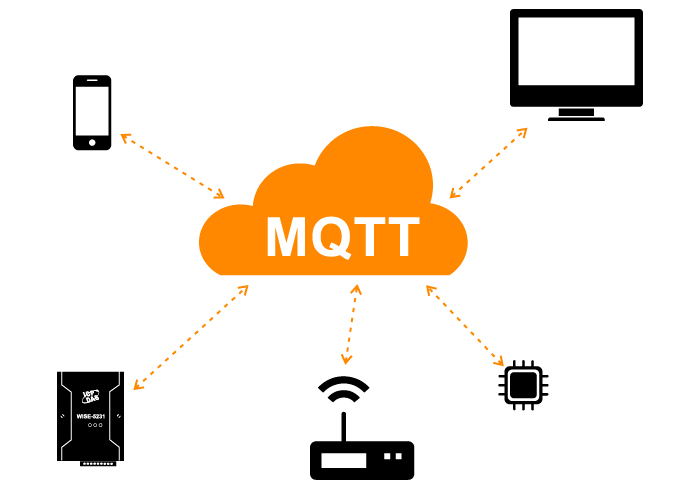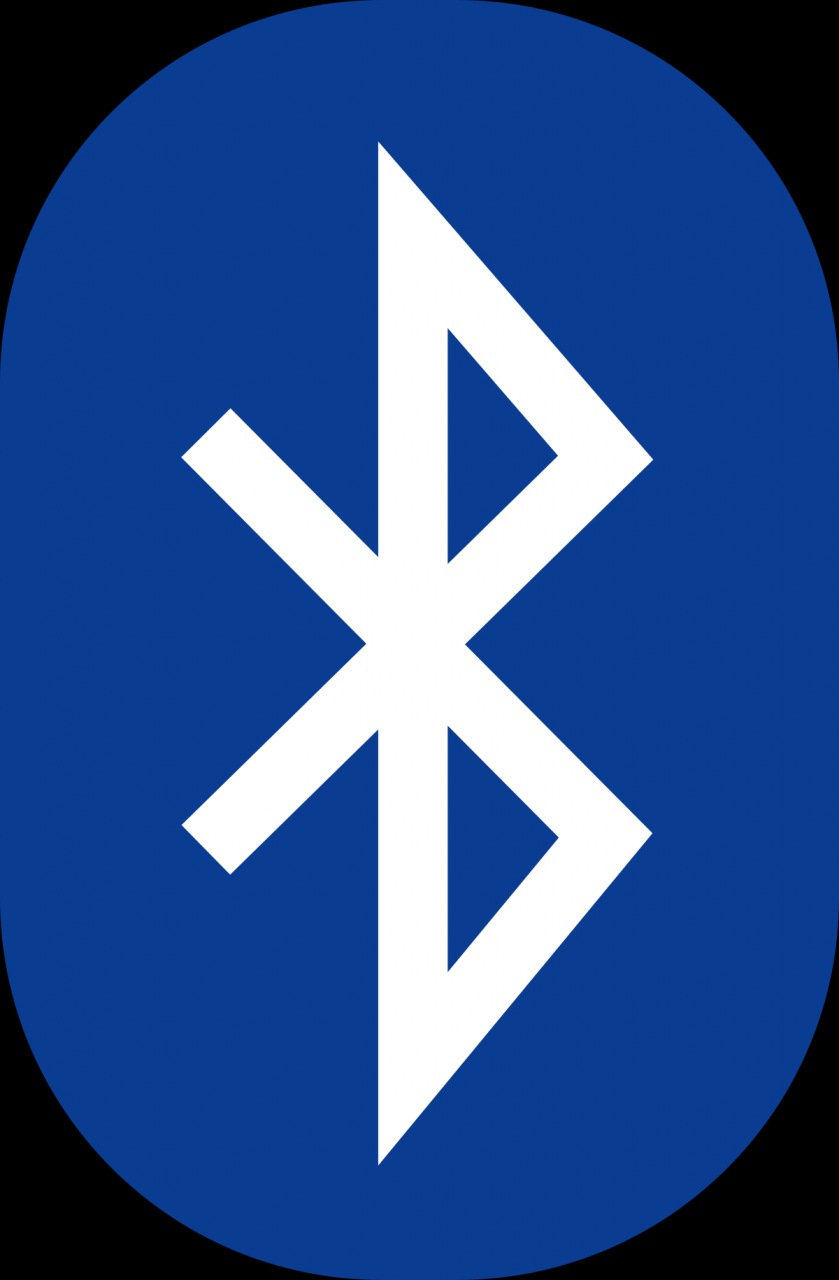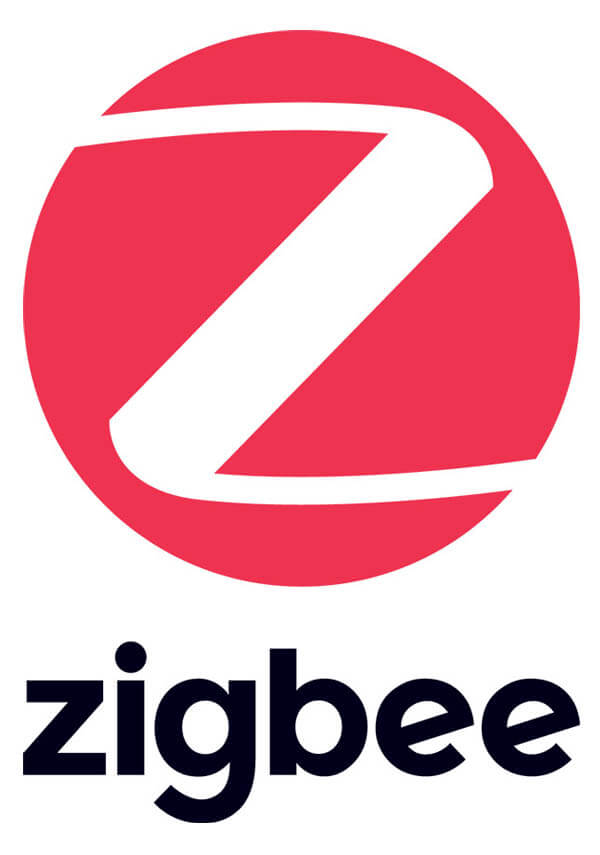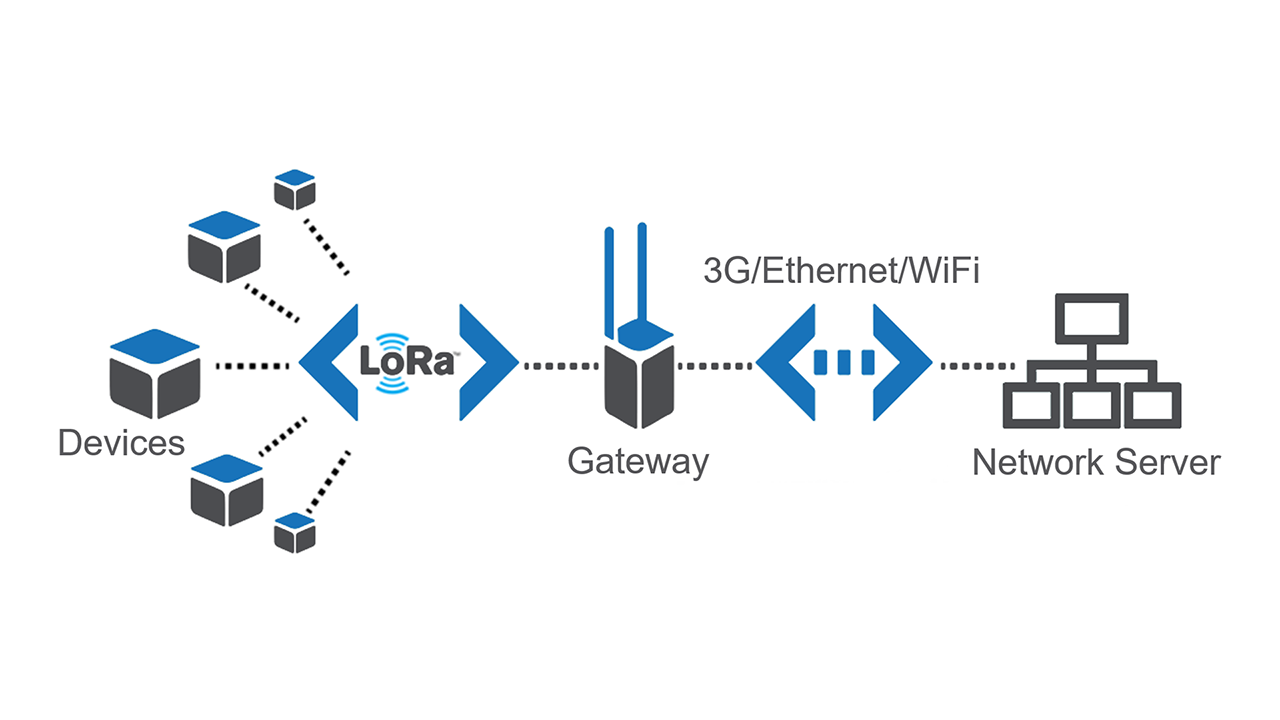The Internet of Things (IoT) is transforming industries by connecting people, processes, data, and things in groundbreaking ways. Billions of devices like sensors, wearables, appliances, vehicles, and manufacturing equipment are now networked together.
This hyperconnectivity is powered by communication protocols that allow diverse technologies to exchange data seamlessly. As a data analyst and machine learning engineer with over a decade of experience extracting insights from complex datasets, I often get asked – what are the most critical IoT protocols to know?
In this comprehensive guide, I‘ll explore the top IoT communication protocols powering the future. I‘ll examine how they work, key capabilities, ideal use cases, and considerations for implementation. My goal is to provide a helpful reference for anyone building IoT solutions or trying to demystify this complex landscape.
What Are IoT Communication Protocols and Why Do They Matter?
IoT protocols are standardized sets of rules and procedures that enable devices to communicate regardless of their underlying hardware and software systems. They allow the billions of connected "things" exchanging data to understand each other.
Choosing the right protocols is crucial to develop secure, reliable, and efficient IoT ecosystems. Considerations include:
- Range: Is localized or long-range connectivity required?
- Power: Can devices access continuous power or rely on compact batteries?
- Network topology: Does a mesh topology or star layout optimize performance?
- Data rates: What speeds do sensors and applications need – kbps or Mbps?
- Latency: Is real-time communication necessary?
- Mobility: Will devices be static or moving across wide areas?
- Scale: How many devices need connecting now and in the future?
- Costs: What‘s the budget for hardware, licensing, data plans?
With the right protocols, data can seamlessly flow between industrial machines in automated factories, remote climate sensors in agricultural fields, and medical wearables across healthcare networks.
Below I explore 10 of the most widely used IoT communication protocols and key selection criteria.
The Top 10 IoT Communication Protocols
1. WiFi
Overview: WiFi refers to wireless local area network (WLAN) technology using the IEEE 802.11 protocol. It offers high-speed wireless internet access by connecting devices to access points linked to a wired network.
Key Capabilities:
- Peak data rates up to 600 Mbps
- Range of 50-100m indoors and wider coverage outdoors
- Built-in WPA2 encryption for security
- Nearly universal adoption and compatibility
Ideal Uses Cases: Smart homes, buildings, factories, cities, and anywhere fast wireless access is required in local areas.
WiFi‘s high speeds, ubiquitous availability, and ease of integration make it one of the top choices for connecting localized networks of IoT devices.
2. Bluetooth
Overview: Bluetooth enables short-range wireless connections between mobile devices, wearables, home electronics, and IoT gadgets.
Key Capabilities:
- Peak data rates up to 2 Mbps
- Range up to 150m depending on class
- Mesh networking for extensive coverage
- Low power consumption for batteries
Ideal Use Cases: Connecting wearables, smart home and personal IoT devices focused on portability and convenience.
Bluetooth excels at wirelessly connecting personal gadgets that need to exchange small amounts of data over short distances.
3. Zigbee
Overview: Zigbee is an IoT protocol for home/building automation, smart energy, and industrial control applications using mesh networks.
Key Capabilities:
- Mesh networks for extensive coverage
- Low power for remote battery-powered devices
- Peak data rate of 250 Kbps
- Operates at 868 MHz, 915 MHz and 2.4 GHz
Ideal Use Cases: Lighting, HVAC, safety sensors, electricity meters, and cost-sensitive industrial environments.
Zigbee provides low-cost, reliable mesh networking for IoT devices with basic connectivity needs across indoor spaces.
4. LoRaWAN
Overview: LoRaWAN is a wide area network protocol optimized for long-range connectivity across entire cities or rural areas.
Key Capabilities:
- Range of 2-5 km in cities and 15 km in rural areas
- Excellent years-long battery life
- Operates in license-free sub-GHz radio bands
- Transmits small, intermittent packets of data
Ideal Use Cases: Smart cities, supply chain tracking, environmental sensing, infrastructure monitoring, agricultural tech.
LoRaWAN cost-effectively connects low-power devices distributed over very wide geographical areas.
5. NB-IoT
Overview: Narrowband IoT (NB-IoT) is a cellular-based LPWAN protocol designed for large scale device deployments.
Key Capabilities:
- Operates over existing cellular networks
- Low-power performance with 10+ year battery
- Massive scalability to millions of nodes
- Peak speeds up to 250 kbps
Ideal Use Cases: Smart metering, asset tracking, infrastructure and environmental monitoring.
NB-IoT leverages ubiquitous cellular networks to provide carrier-grade connectivity over very wide areas.
6. LTE-M
Overview: LTE-M is an LPWAN protocol optimized for IoT devices requiring a balance of bandwidth, latency, battery life and costs.
Key Capabilities:
- Peak speeds of 1 Mbps with 10-15ms latency
- Improved power savings over standard LTE
- Expanded signal coverage
- Carrier-grade security
Ideal Use Cases: Logistics, fleet management, smart cities, infrastructure monitoring.
LTE-M brings together the capabilities of 4G LTE and LPWAN for bandwidth-intensive applications.
7. MQTT
Overview: MQTT is an extremely lightweight publish/subscribe messaging protocol optimized for connecting IoT devices.
Key Capabilities:
- Transports messages up to 256 MB in size
- Bi-directional messaging with multiple QoS levels
- Small code footprint perfect for low-power devices
- Works across unstable connections
Ideal Use Cases: IoT platforms, device management, real-time messaging between devices and cloud.
MQTT minimized bandwidth usage making it ideal for remote sensors and battery-powered devices.
8. CoAP
Overview: CoAP is an M2M web transfer protocol designed for simple IoT devices with limited processing power and network needs.
Key Capabilities:
- Specialized web protocol based on REST
- Minimizes packets through binary encoding
- Integrates well with HTTP APIs
- Optional resource discovery and caching
Ideal Use Cases: Building automation, industrial sensors, embedded electronics, smart city infrastructure.
CoAP allows tiny electronics like sensors and switches to easily interact with the web while minimizing power and bandwidth.
9. DDS
Overview: DDS is a connectivity framework optimized for high performance, real-time systems like defense, robotics and financial trading.
Key Capabilities:
- Ensures reliable, low-latency delivery
- Interoperability between vendors
- High throughput suitable for data-intensive apps
- Sophisticated security and quality of service
Ideal Use Cases: Automated vehicles, IoT-enabled defense systems, smart power grids, industrial robots.
DDS delivers deterministic, scalable data exchanges for mission-critical IoT applications.
Evaluating Communication Protocols for IoT Projects
Choosing the right protocols requires aligning technical capabilities against operational requirements. Key aspects to consider:
Range and Network Topology
- WiFi and Bluetooth: Ideal for local device networks up to 100m
- Zigbee: Cost-effective mesh networks across buildings
- LoRaWAN and NB-IoT: Long-range connectivity across cities and rural areas
Power and Battery Life
- Zigbee, LoRaWAN: Support years of battery life for low-power devices
- WiFi, LTE: Require more consistent power sources
Bandwidth and Data Rates
- WiFi: Delivers high-speed media streaming with over 150 Mbps throughput
- LoRaWAN, NB-IoT: Optimized for small, intermittent packets of data like status updates
Latency and Real-Time Needs
- DDS, MQTT: Ensure reliable, low-latency delivery for real-time apps
- CoAP: Higher latency across Wide Area Networks
Ecosystem Support and Interoperability
- WiFi, Bluetooth: Ubiquitous support across devices and platforms
- Emerging protocols: May have less vendor support and fragmented compatibility
Security and Privacy
- Cellular options like NB-IoT and LTE-M: Leverage proven carrier-grade security
- WiFi: Supports modern WPA2/WPA3 encryption standards
- Protocols like MQTT: Require use of additional security protocols like TLS
The Importance of Holistic IoT Network Architecture
While this guide provides a helpful starting point for evaluating communication protocols, there are many more options beyond those highlighted here.
The key is taking a holistic approach to architecting your network topology and security, accounting for current and future requirements.
For example, you may use LoRaWAN to connect remote sensors across a wide area, WiFi for local edge networks, and MQTT to efficiently transmit the aggregated data to analytics applications in the cloud.
By combining protocols in this way, IoT solutions can scale efficiently while adapting to evolving connectivity, latency, security, and cost requirements over time.
Conclusion: IoT Protocols Power Seamless Hyperconnectivity
The communication protocols underlying IoT ecosystems allow billions of diverse devices to exchange data and understand each other seamlessly. This guides explored popular options for short and long-range connectivity, real-time messaging, and high-performance applications.
There are five key takeaways when selecting and implementing IoT protocols:
- Align technical capabilities against your specific use case needs
- Consider trade-offs like power, latency, speed, range, and costs
- Leverage existing ubiquitous protocols like WiFi and Bluetooth when possible
- Plan for future flexibility and interoperability as your system expands
- Take a holistic architectural approach combining protocols efficiently
I hope this overview provides a useful starting point for anyone exploring this complex landscape. Please reach out if you need help applying these concepts through your IoT journey!








